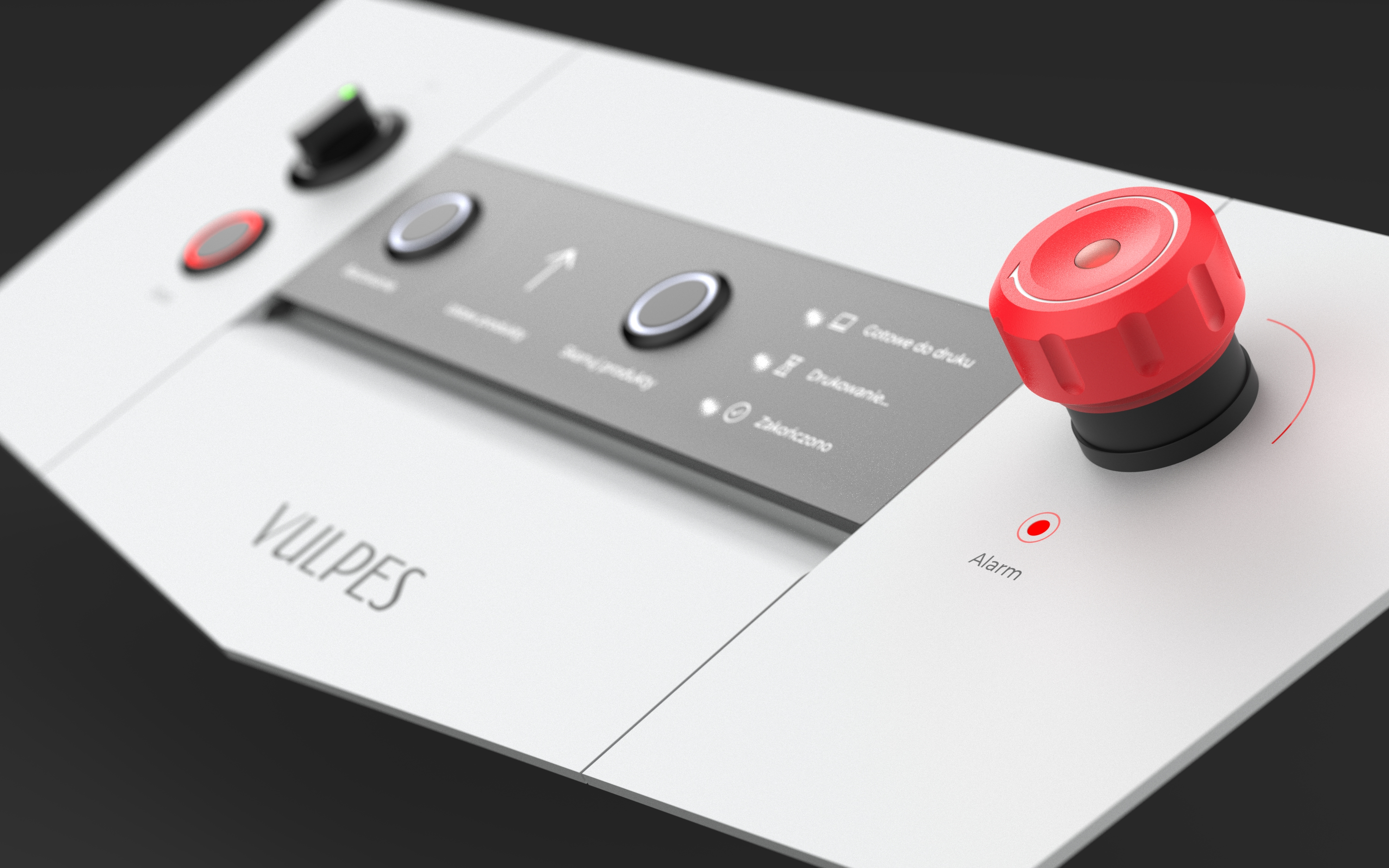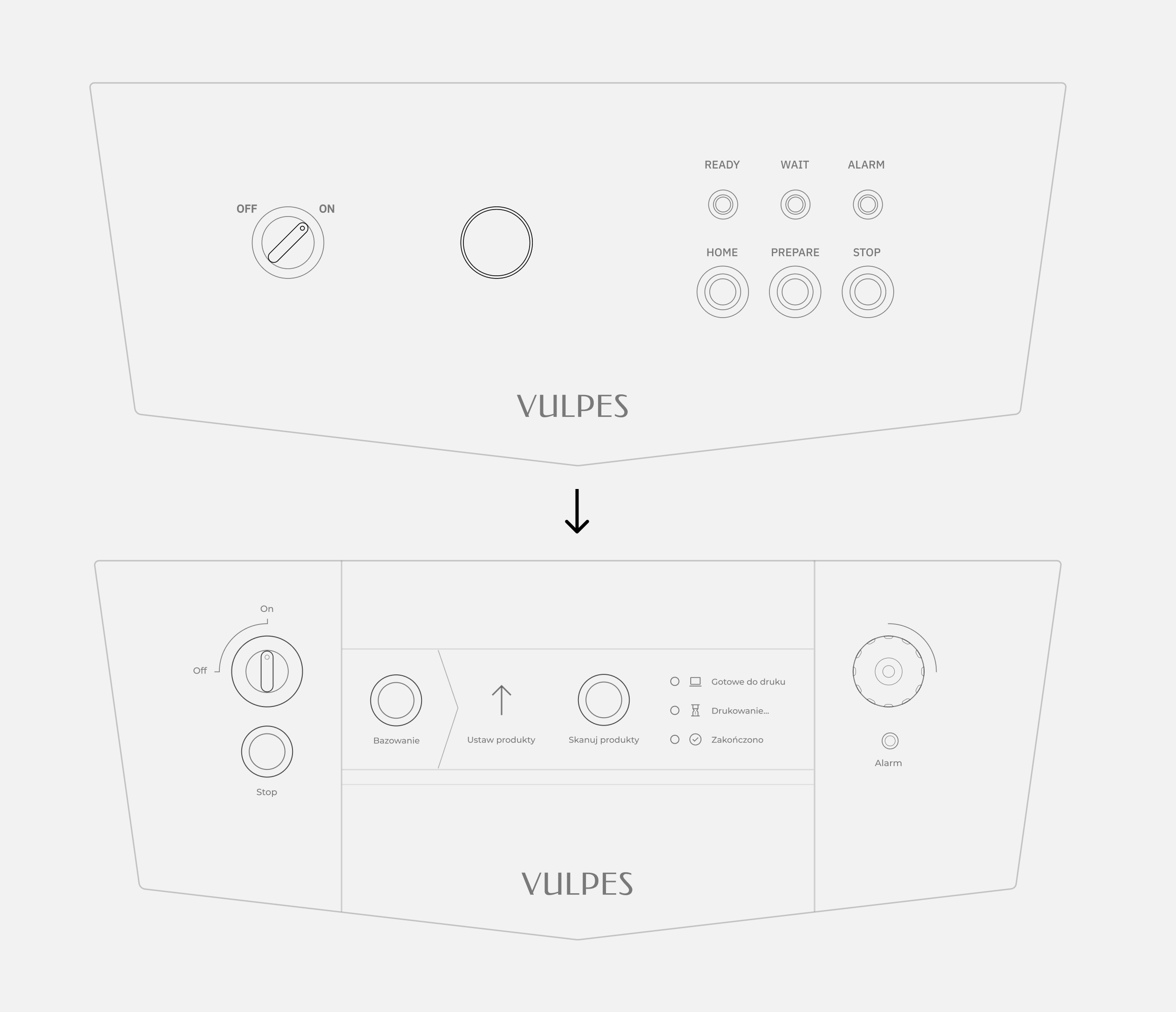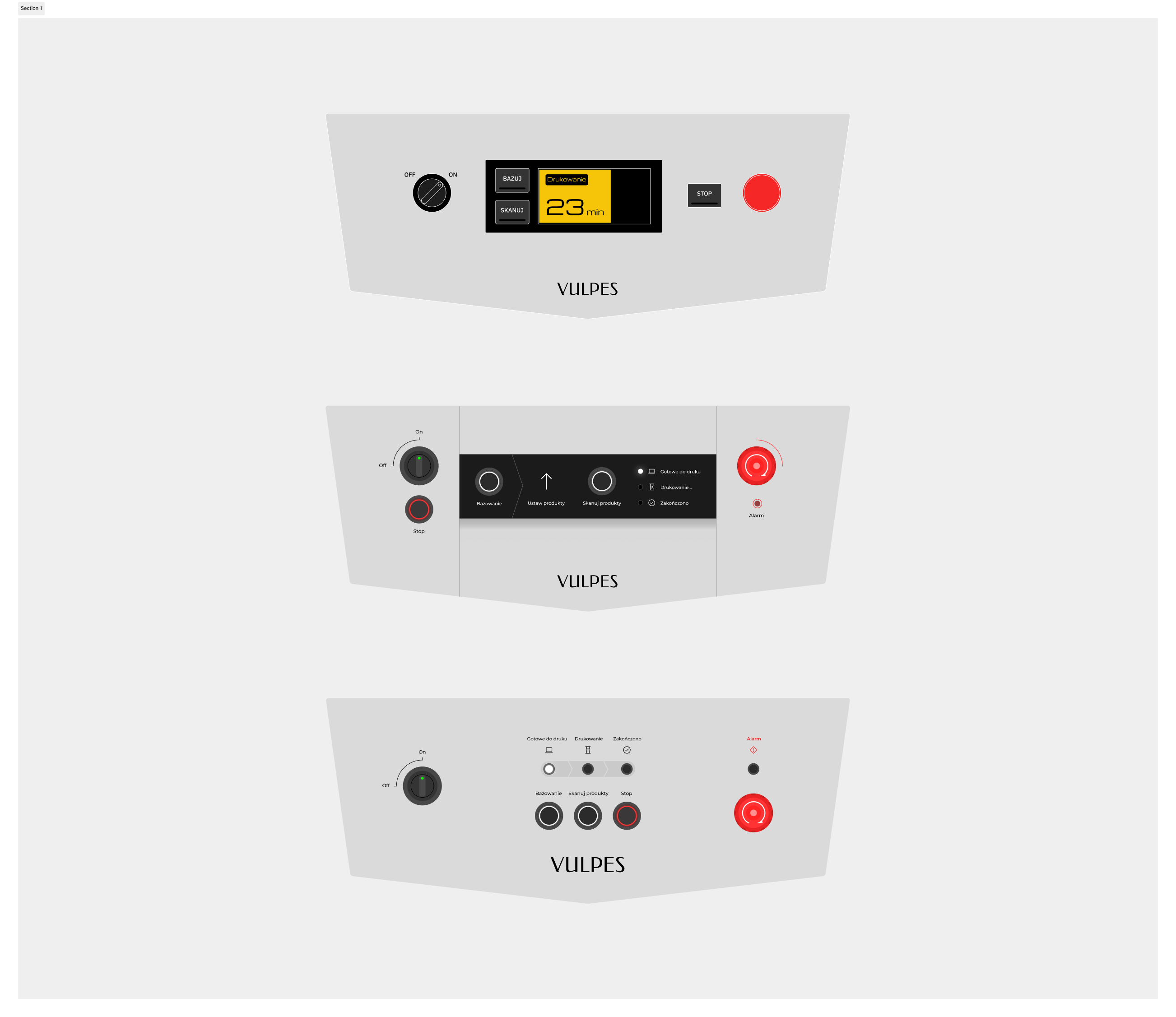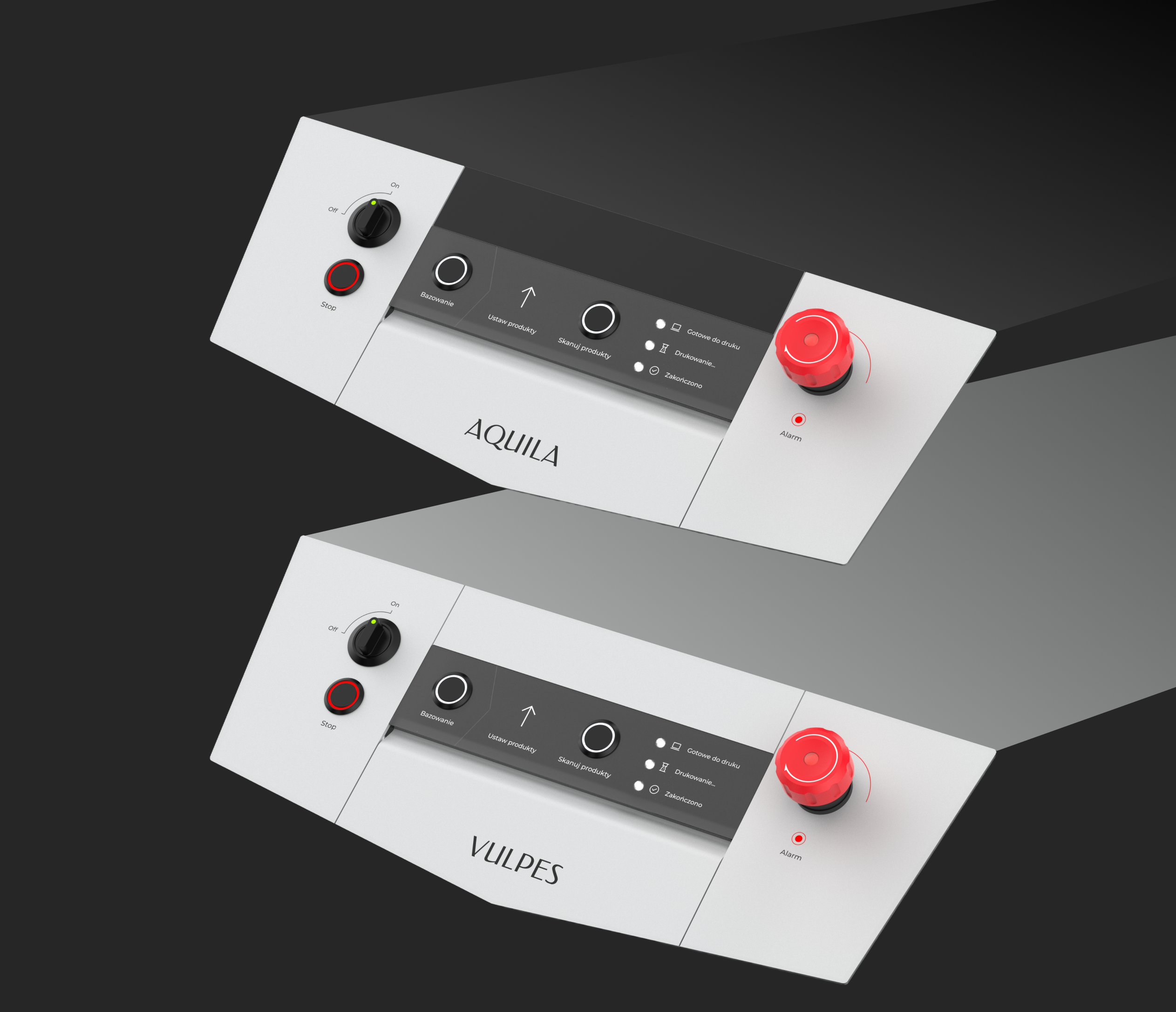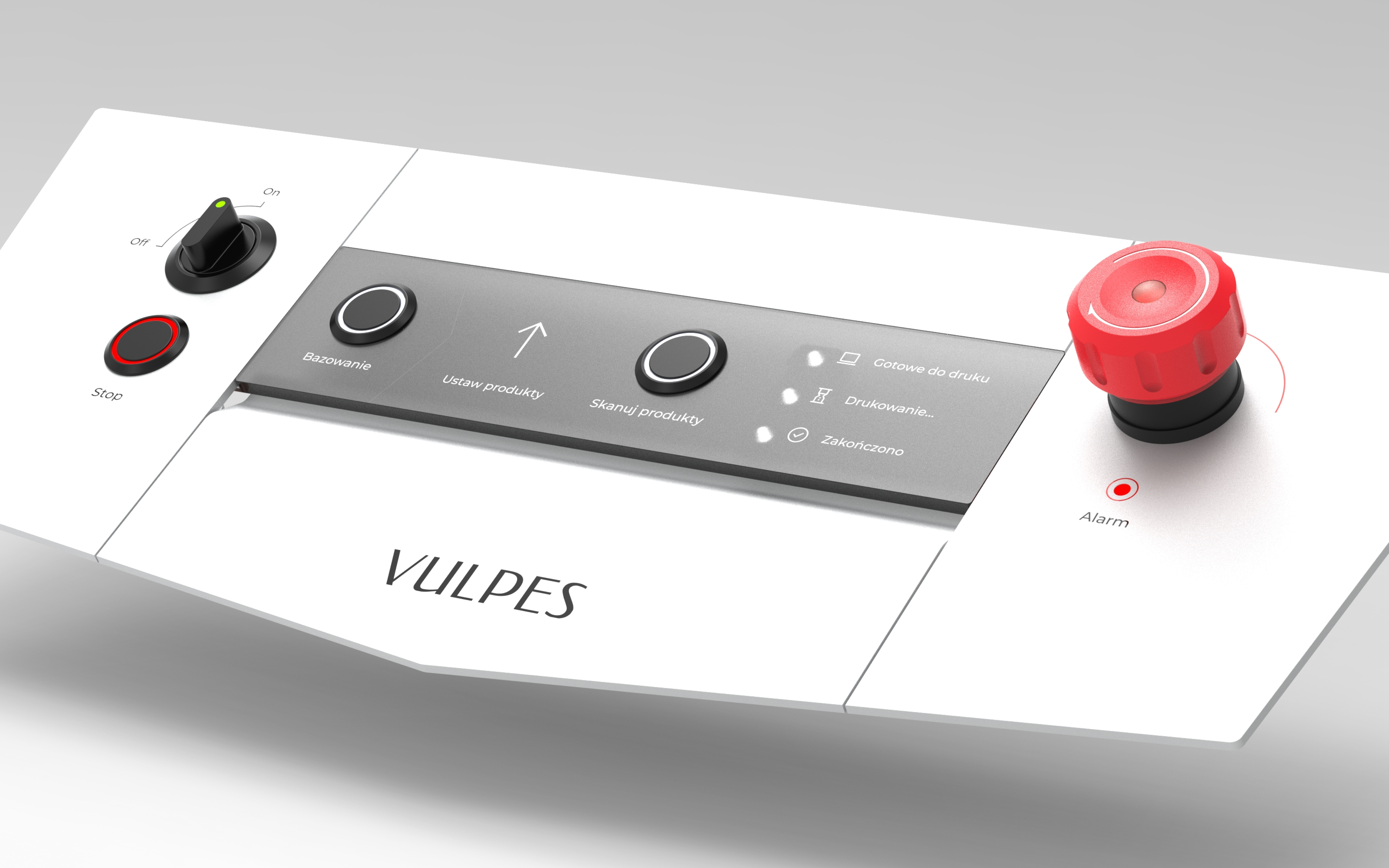1. User Research
- Workshops and Observations: Our team conducted in-depth workshops and observations with printer operators to understand their daily workflows, pain points, and needs.
- Interviews: We conducted one-on-one interviews to gather qualitative data on user preferences and expectations.
- Ergonomic Testing: We conducted ergonomic testing to identify any physical strain or discomfort experienced by operators.





